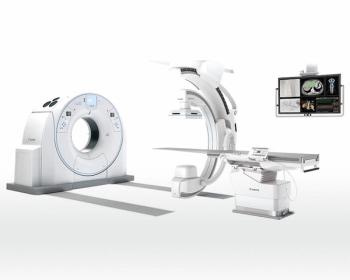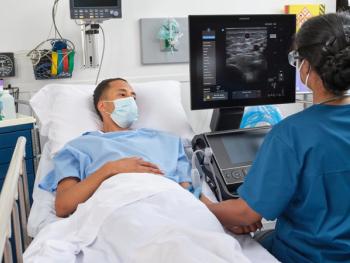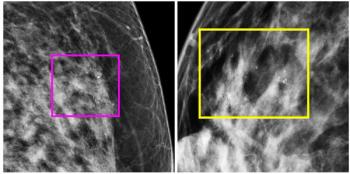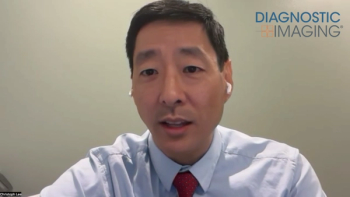
Study Assesses Contributing Factors to Diagnostic Errors in Neuroradiology
Researchers found that higher shift volumes, longer imaging interpretation times and weekend work were significantly associated with increased errors in neuroradiology.
Emerging research shows a significant link between error rates and increased imaging volume per shift for neuroradiologists.
That is one of the findings from a new study that examined the possible impact of interpretation time, shift volume, trainee participation and day of the week upon diagnostic error rates for neurologists in an academic setting.
For the retrospective case-control study, published recently in the
The study authors found that diagnostic errors were significantly associated with increased shift volume (a mean of 50 minutes in the group with exam errors versus 45.4 minutes in the control group) and longer image interpretation time (a mean of 16.3 minutes in the group with exam errors versus 14.8 minutes in the control group).
Radiologist fatigue may factor into the link between errors and shift volume/duration, suggested Vladimir Ivanovic, M.D., who is affiliated with the Section of Neuroradiology within the Department of Radiology at the Medical College of Wisconsin in Milwaukee, Wis., and colleagues. They noted that exam complexity and interruptions may contribute to increased errors with longer interpretation times.
(Editor’s note: For related content, see “
The study authors also noted that 20.4 percent of the exams with errors were interpreted on weekends in comparison to 13.8 percent in the control group. However, in a subgroup analysis, Ivanovic and colleagues found that while longer interpretation times and increased shift volume were associated with increased diagnostic errors on weekdays, there was no significant association with these factors for exams interpreted on weekends.
“This disparity may in part relate to the larger sample size (and thus greater statistical power) for weekday than for weekend examinations. However, the higher ORs (odds ratios) for diagnostic errors for interpretation time and shift volume on weekdays than on weekends, as well as the difference in frequency of diagnostic error between weekdays and weekends, suggest a true influence of weekend interpretation on the relationship of diagnostic error with interpretation time and shift volume,” noted Ivanovic and colleagues.
Beyond the inherent limitations of a single-center retrospective study, the authors acknowledged the study’s focus on fellowship-trained neuroradiologists may limit general extrapolation of the study findings. The researchers noted they did not assess possible correlations between diagnostic errors and years of experience or level of training. The study authors also noted their analysis did not examine the possible impact of shift length nor the variation of exams reviewed within a given shift.
Newsletter
Stay at the forefront of radiology with the Diagnostic Imaging newsletter, delivering the latest news, clinical insights, and imaging advancements for today’s radiologists.

























